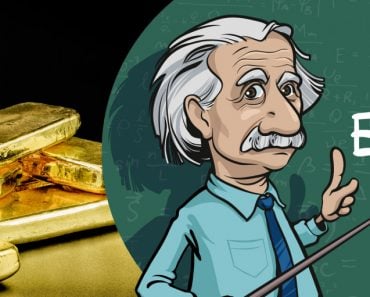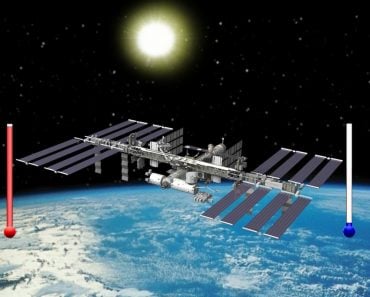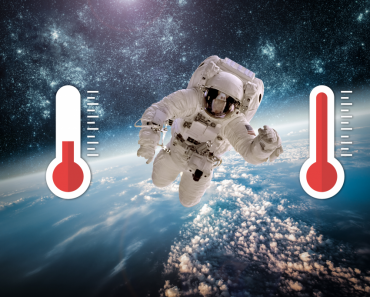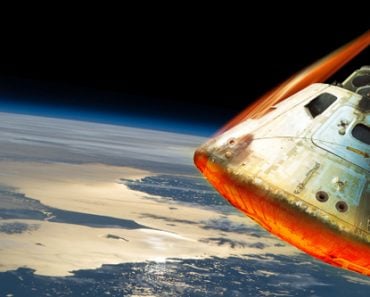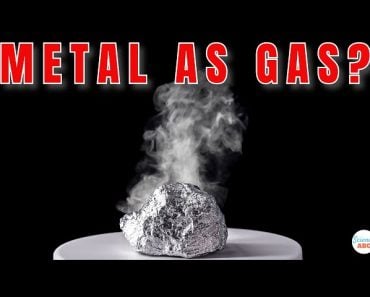Table of Contents (click to expand)
The gold/silver foils you see on space equipment are not real gold/silver films. They are, in fact, a single layer of aluminized polyimide with the silver aluminum facing in. It’s the gold-yellowish hue of the polyimide on the outside that makes it look as if the satellite is wrapped in a golden film.
If you’re one of those space nerds who derive pleasure from looking up at the pictures of artificial satellites and space rockets, then you’ve probably noticed that many artificial satellites are covered with what seems to be gold or silver foil. In fact, it’s not just satellites; you can see this in most space-related equipment (i.e., the equipment that actually goes into space).
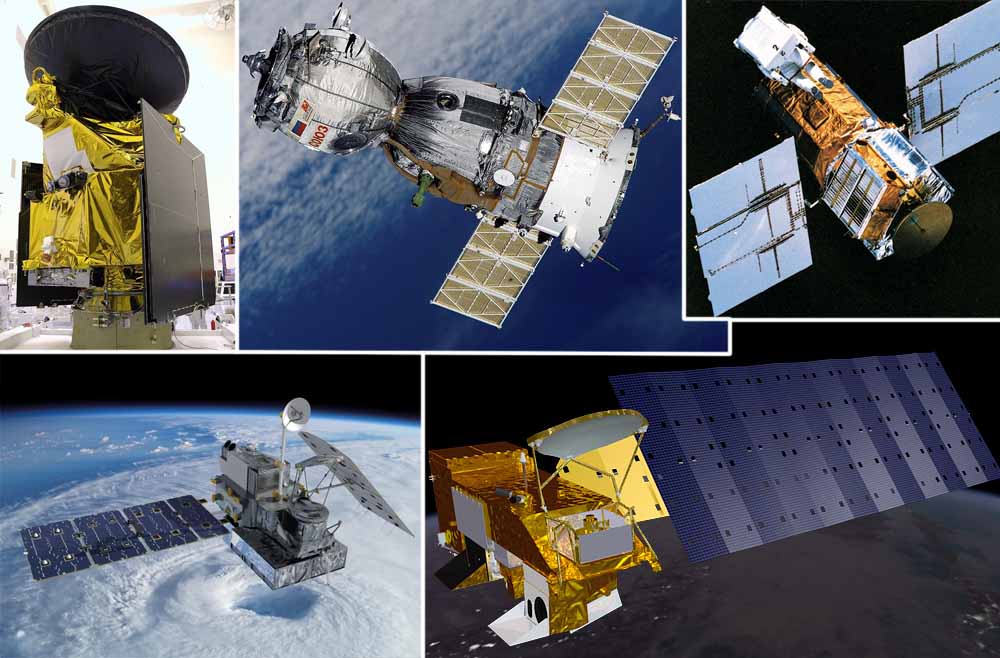
Do you know what it is? Is it real gold (or silver)? If not, then what is it made of? And more importantly, why is it used?
Before we get to that part, it helps if we understand the underlying issue here.
Recommended Video for you:
Is Space Hot Or Cold?
That’s a trick question, if you ask me. Technically, space is not a thing in itself, and as such, it doesn’t really have its own temperature.
However, the things that inhabit it, like planets, stars, asteroids, satellites etc., do have their own respective temperature values (because they’re made of atoms). However, as observational data shows, the temperature in outer space is 2.73 Kelvin (-270.42 Celsius, -454.75 Fahrenheit), which is actually the temperature of Cosmic Microwave Background Radiation, which is spread throughout the universe.
In a nutshell, therefore, it would be fair to say that space is cold. Thus, does that mean artificial satellites don’t have to worry about (over)heating problems?
No, it doesn’t mean that… not by a long shot. In fact, artificial satellites, such as the ISS (International Space Station), carry specially-designed systems that help maintain an optimal temperature aboard the ISS, i.e., ensure that it neither gets too cold or too hot, because the ISS can experience a drastic variety of temperatures at the same time.
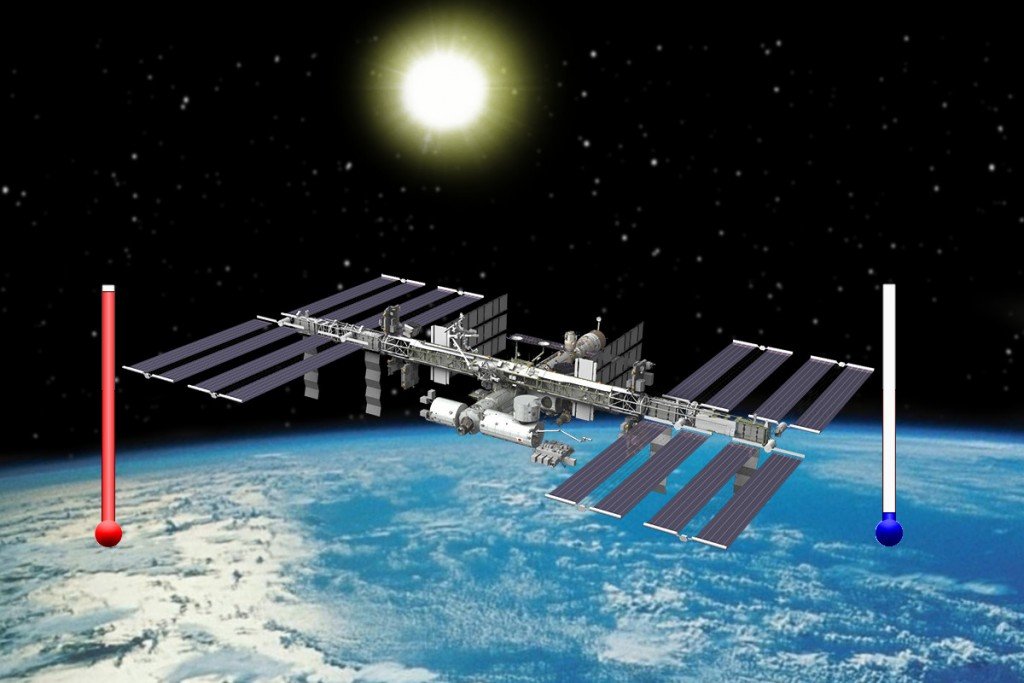
One of the systems, or rather, things, that help such satellites maintain an optimum temperature is the MLI, or the gold/silver plating draped over satellites and other space equipment.
Also Read: How Are Artificial Satellites Powered?
What Is The Multi-Layer Insulation?
Multi-layer Insulation, or simply MLI, is a type of high-performance insulator that uses multiple radiation-heat transfer barriers to restrict the flow of (heat) energy. In simple terms, it’s a form of thermal insulation made of multiple layers of thin sheets that is used to cover spacecraft and other space equipment in order to reduce heat loss by way of thermal radiation.
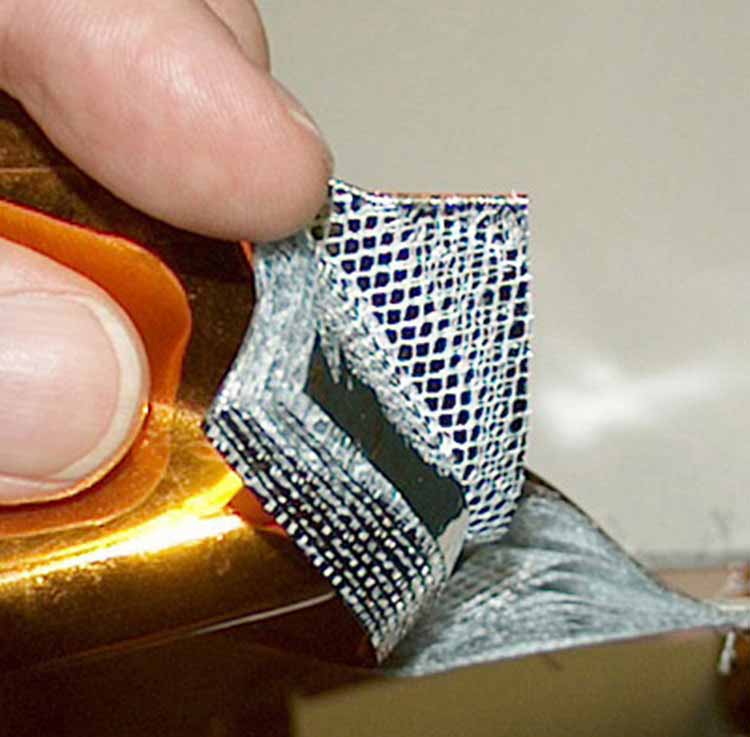
MLI is composed of multiple lightweight reflective films that are put together to form layers that range in thickness. Although the exact composition of these layers depends on where the satellite (which is going to be coated with MLI) is going to be orbiting, how much sunlight it will be exposed to, and what the insulation will be protecting, but these layers are usually made of polyimide or polyester films (these are certain types of plastics), which are coated with particularly thin, vapor-deposited aluminum layers (Source).
Is That Real Gold/silver?
No, the gold/silver foils you see on space equipment are not real gold/silver films. They are, in fact, a single layer of aluminized polyimide with the silver aluminum facing in. It’s the gold-yellowish hue of the polyimide on the outside that makes it look as if the satellite is wrapped in a golden film.
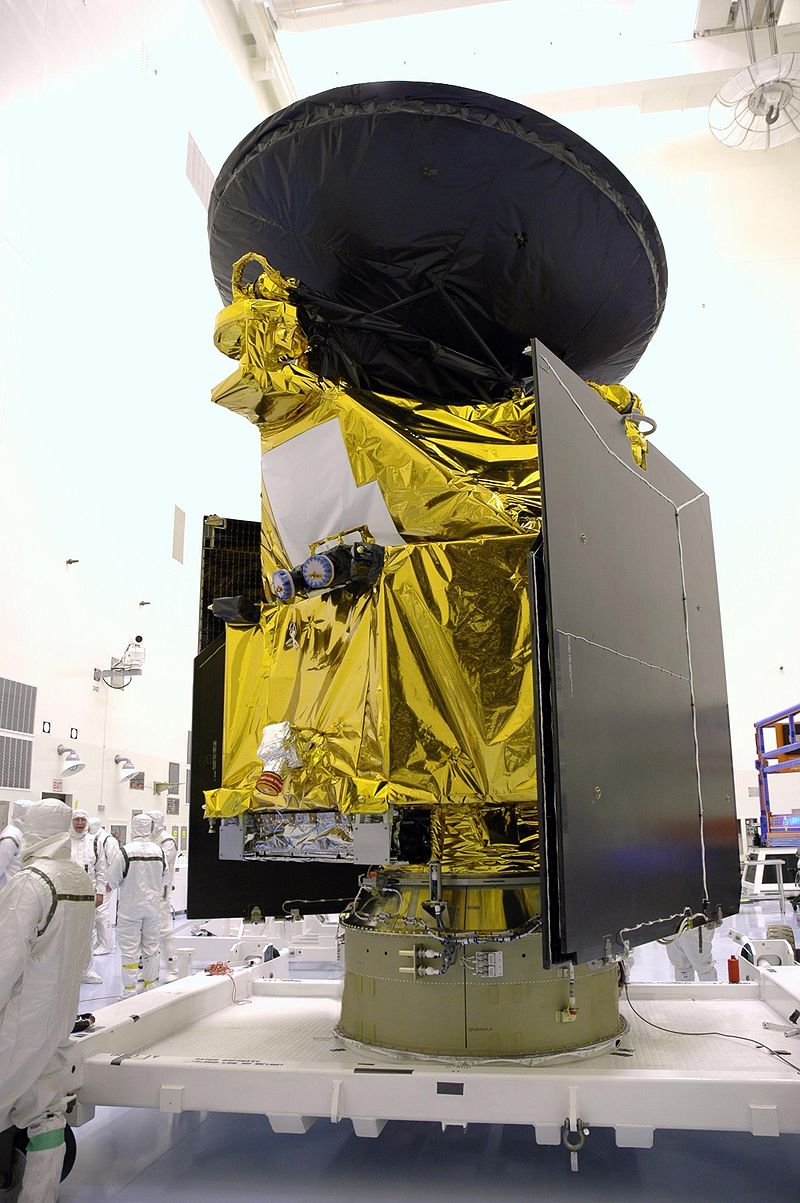
Note that an MLI sheet does not protect its ‘host’ equipment from heat transfer through conduction or convection, but that’s alright, because it doesn’t really matter in the near-vacuum of space. Since, there is little to no air in space, radiation is the primary way that satellites heat up. Fortunately, MLI sheets do a great job at insulating those satellites from heat transfer (from the sun) through radiation.
Also Read: Why Are The ISS Solar Panels Gold, While Solar Panels On Earth Are Blue Or Black?
References (click to expand)
- (2018) Thermal analysis and control of small satellites in low Earth orbit. Missouri University of Science and Technology
- As Good As Gold: Are Satellites Covered in Gold Foil? | NESDIS. The National Environmental Satellite, Data, and Information Service
- National Aeronautics andSpace AdministrationAT01 - www.dept.aoe.vt.edu

